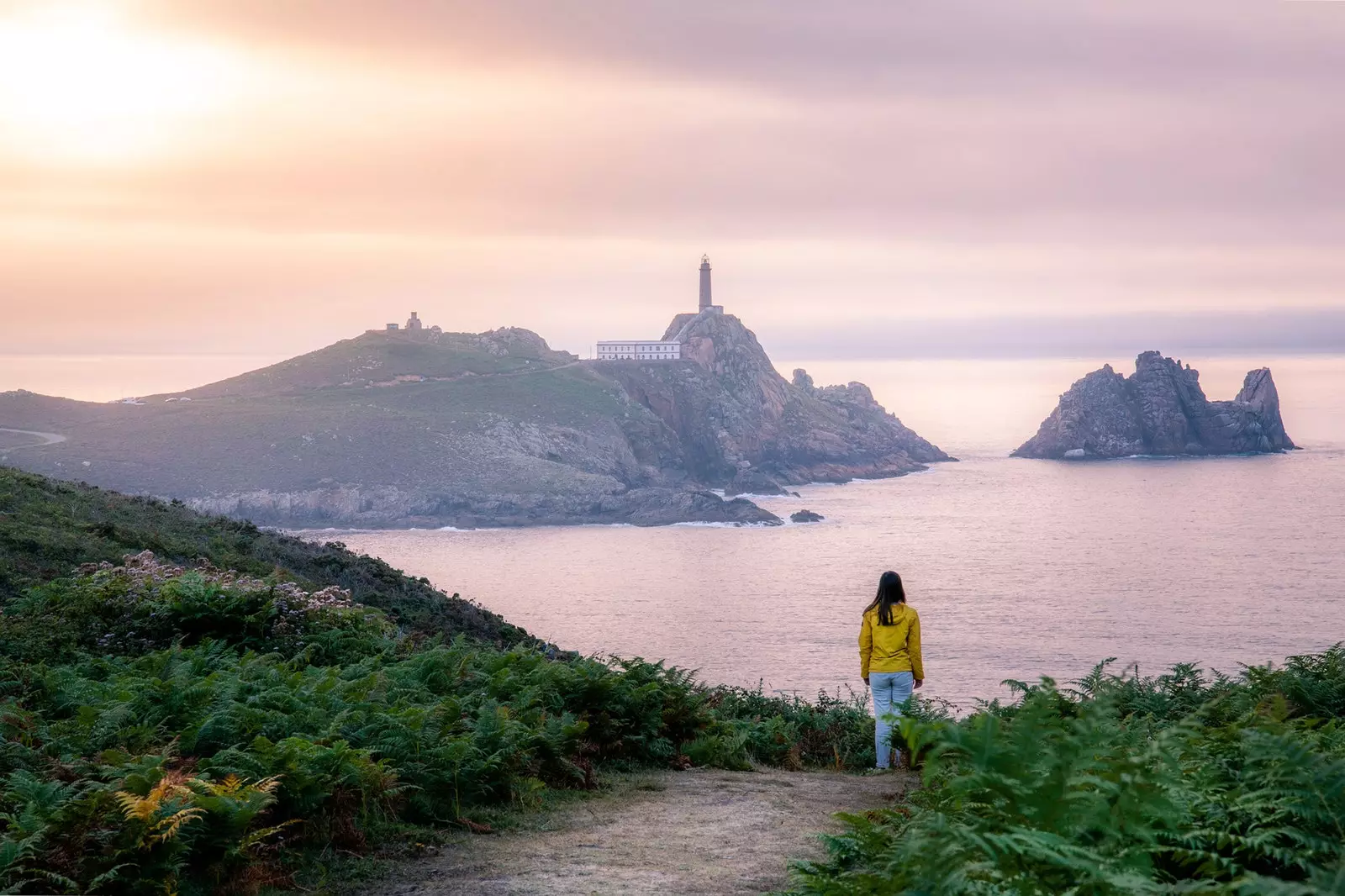
All the ends of the world are in Galicia
The end of the world is in Galicia. At various points at the same time, in those places where the atmosphere tells you that there is no further; places where you have to go expressly and where many people decide to stay.
They say that the Roman legions arrived around the year 18 BC. to the cape that we know today as Fisterra (Finisterre) and that there, seeing the sun sink into the ocean, they were prey to a "mystical terror" and decided to return to the interior of the continent.
They say that, before them, tribes from central Europe walked there, following the sun, to stay and watch as he died each night sinking into the sea to be reborn the next morning.
There is something in the end of the world that attracts us. It is like the feeling of looking over a precipice from its top. Something pushes us to do it, to get a few inches closer and look down, sometimes overcoming our own instinct. And the truth is that there are places where that feeling is understood.
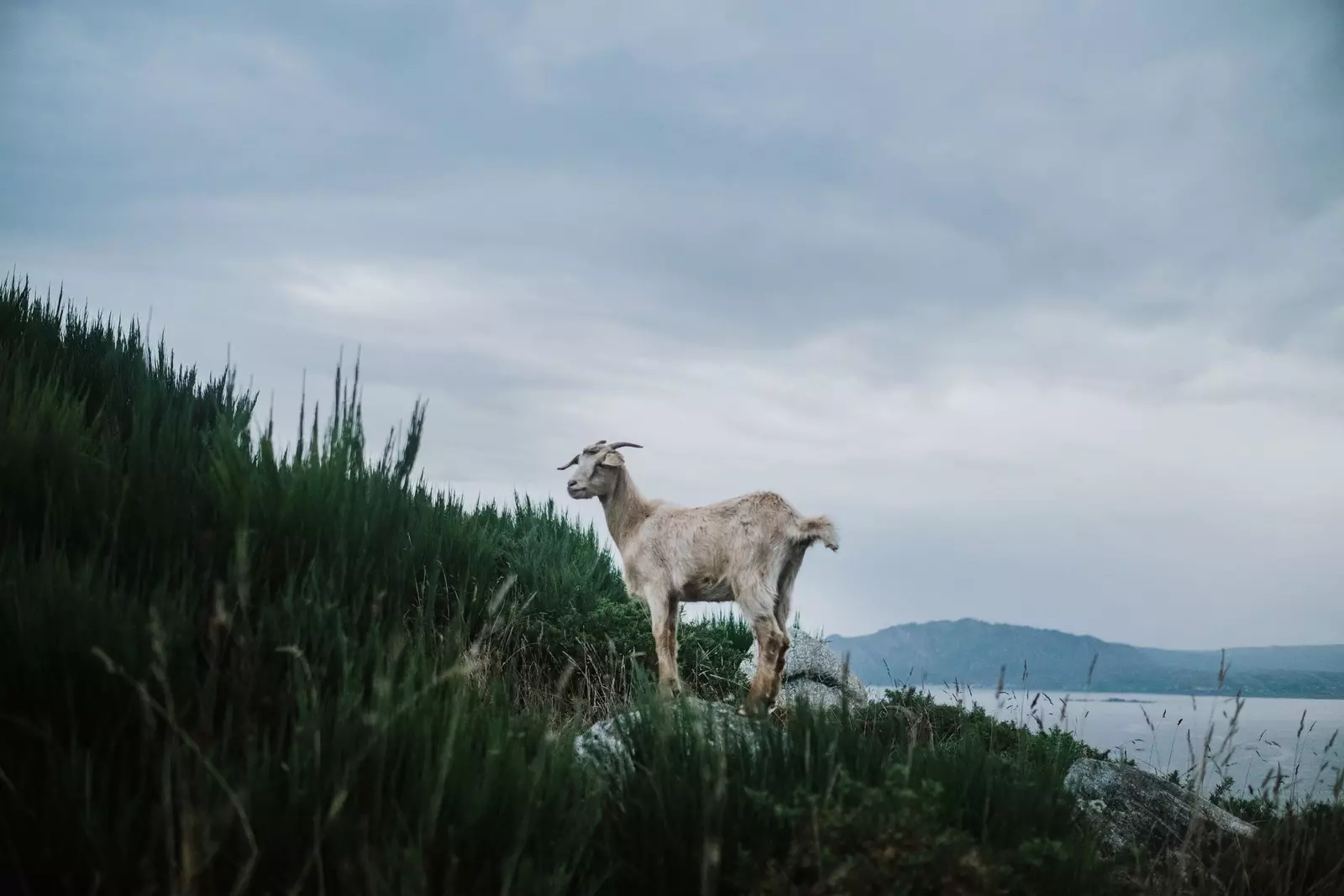
The end of the world is in Galicia
Because although today we know that there is land on the other side and that we can reach it in a few hours of flight, that endless horizon, those infinite waves always beating against the rocks and those impossible sunsets have an almost hypnotic power, a power that a thousand years ago made us think of sea monsters, of islands that appeared and disappeared or of ghost ships and that still makes us shudder today.
There are other ends of the world, it is clear, but ours are these. Capes that go into the sea, that seem to want to get away from the continent and have the vocation of islands; towns with barely a few hundred inhabitants that have always had a capacity for fascination that is difficult to explain.
It will be the light, that oceanic light that surrounds everything. It will be the constant noise of the surf, always in the background. It will be that feeling that there is nothing beyond, that this is the furthest you can go, that this is the place where everything can start again.
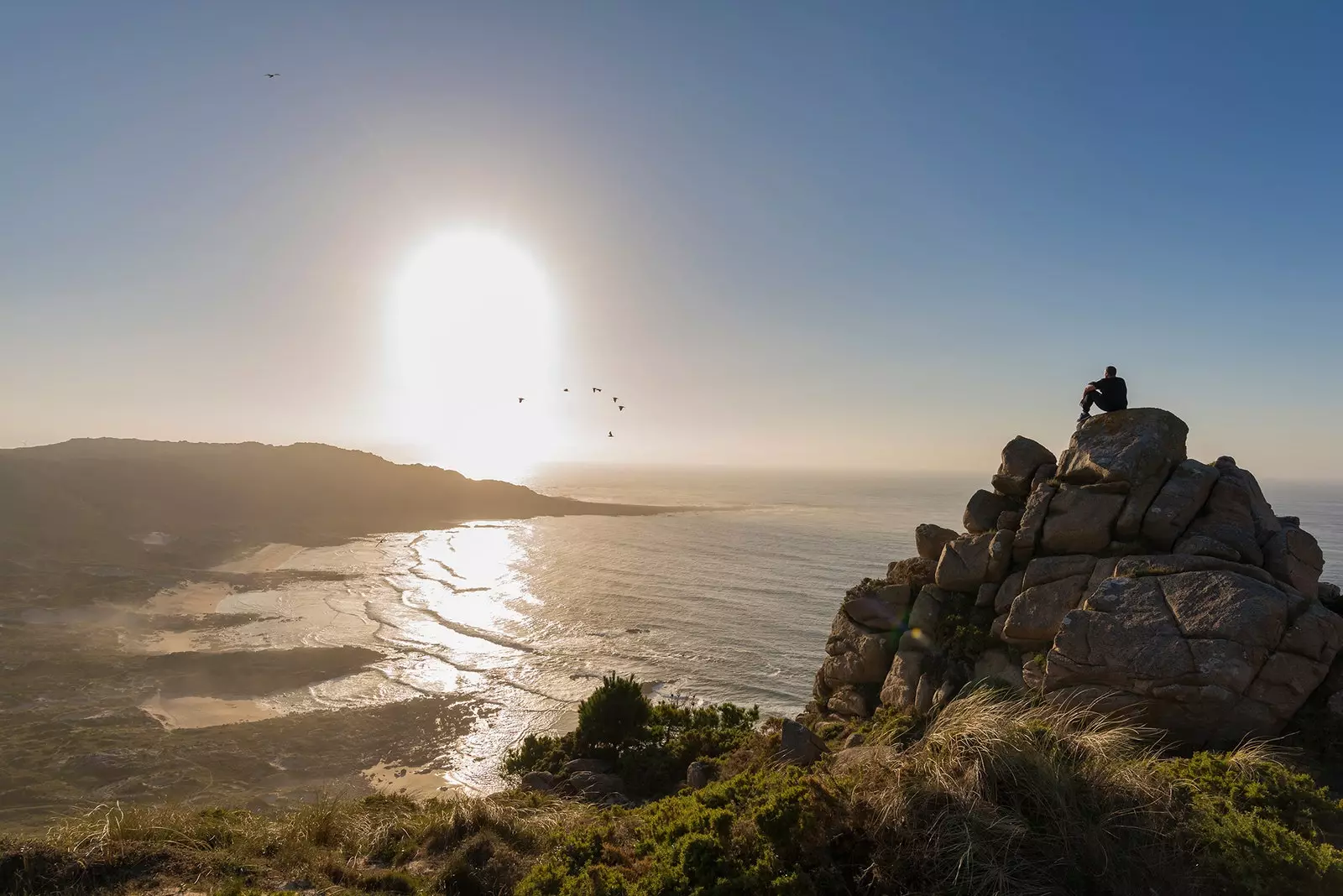
A feeling that makes you not want to leave
Or will it be that atmosphere that invites you to think that you are in a place that does not belong to the sea or to the land, with one foot in the territory of legend.
If you have ever fallen asleep in the middle of a fog, hearing the horn of a lighthouse warning the ships, you know what I am talking about. It is a feeling that surrounds you and makes you feel like nowhere else, a feeling that makes you not want to leave.
Something like this must have felt Staffan Mörling, the Swedish anthropologist who arrived on the island of Ons in 1964 to study his traditional boats and he never left.
'O Sueco de Ons', as he was known in the region, married an islander and he continued to write about the islands until his death in Bueu, the closest town on the coast, just a year ago.
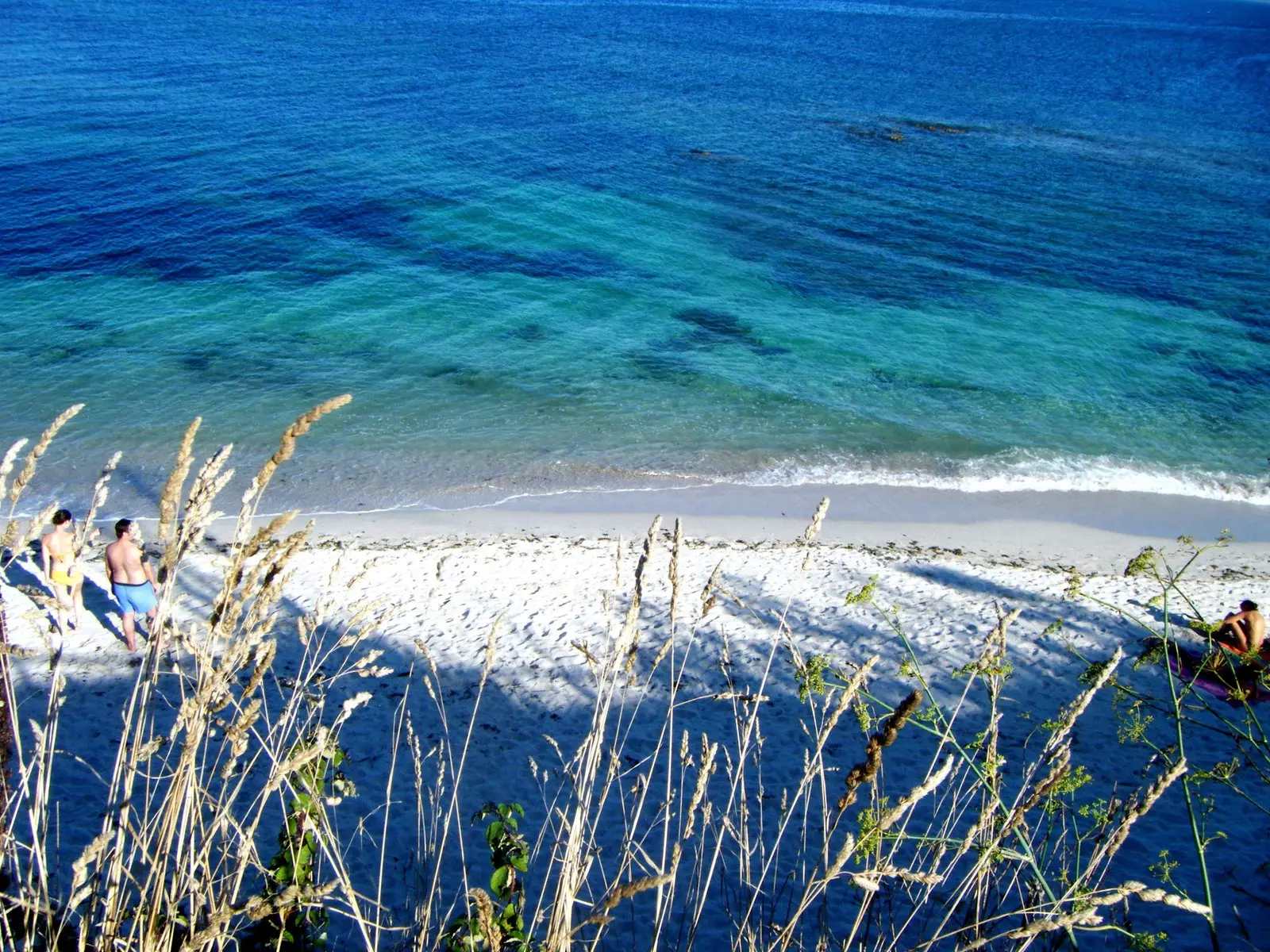
Canexol beach in Ons
A similar case was that of 'O Alemán de Camelle', Manfred Gnädinger, that he came to this town on the Costa da Morte in the middle of the summer festivities in 1962 and stayed.
Man, as the neighbors knew him, lived the next 40 years as a hermit, dressed in little more than a loincloth, building sculptures out of the stones on the shore and cultivating a small garden in which he managed to pluck a few cabbages and a few potatoes from the sandy soil.
He died weeks after the Prestige accident devastated the Galician coast, staining his sculpture garden with oil. They say that he let himself die of grief and that, weeks before the accident, he said that he had dreamed of a black whale that, dead, came to beach itself next to his sculptures. In the dream, Man buried the whale and died right after.
Today in the center of Camelle stands the Man Museum, in which some of his works, his sketchbooks and some drawings are preserved.
A little further, at the end of the port, The house in which he lived and some of the sculptures he built on the rocks are still standing. Most, however, were swept away by a storm in 2010. The sea always ends up claiming what is its own.
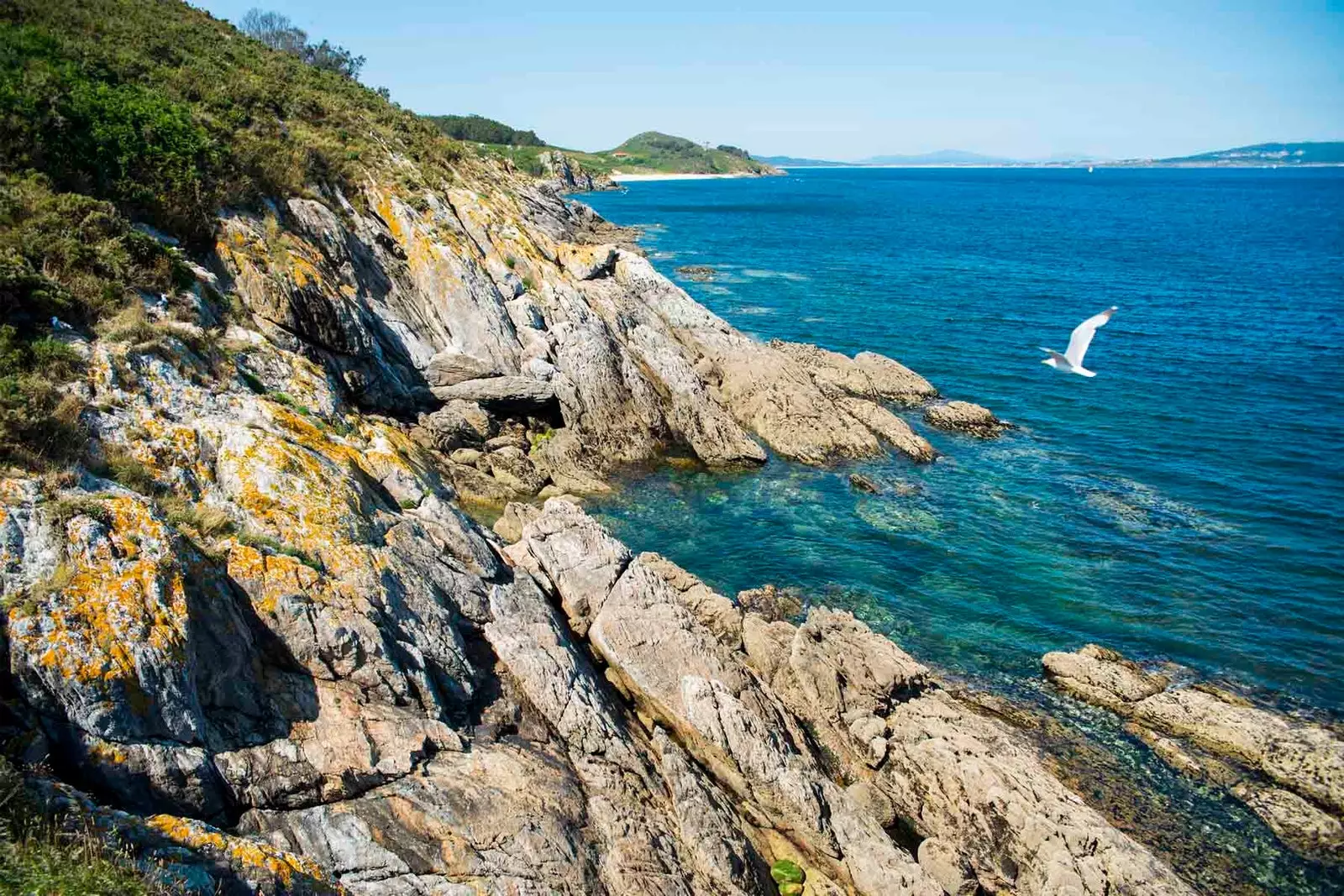
Ons, the home of Staffan Mörling, known as 'O Sueco de Ons'
Nino arrived in Muxía in the early 1970s, a son of the rising sun traveling to the setting sun, as he himself said. Nino was actually called Yoshiro Tachibana and was born in Kobe. The neighbors say that the place surprised him, it was not like the Spain he knew and reminded him of his homeland, although with a different rhythm of life.
For four decades Nino, as he was known in the town, He dedicated himself to touring the Costa da Morte, which inspired more than 800 works of his.
He died there, in Muxía, in his house on the slopes of Monte do Corpiño, in 2016, turned into the most important artist in the area in recent decades.
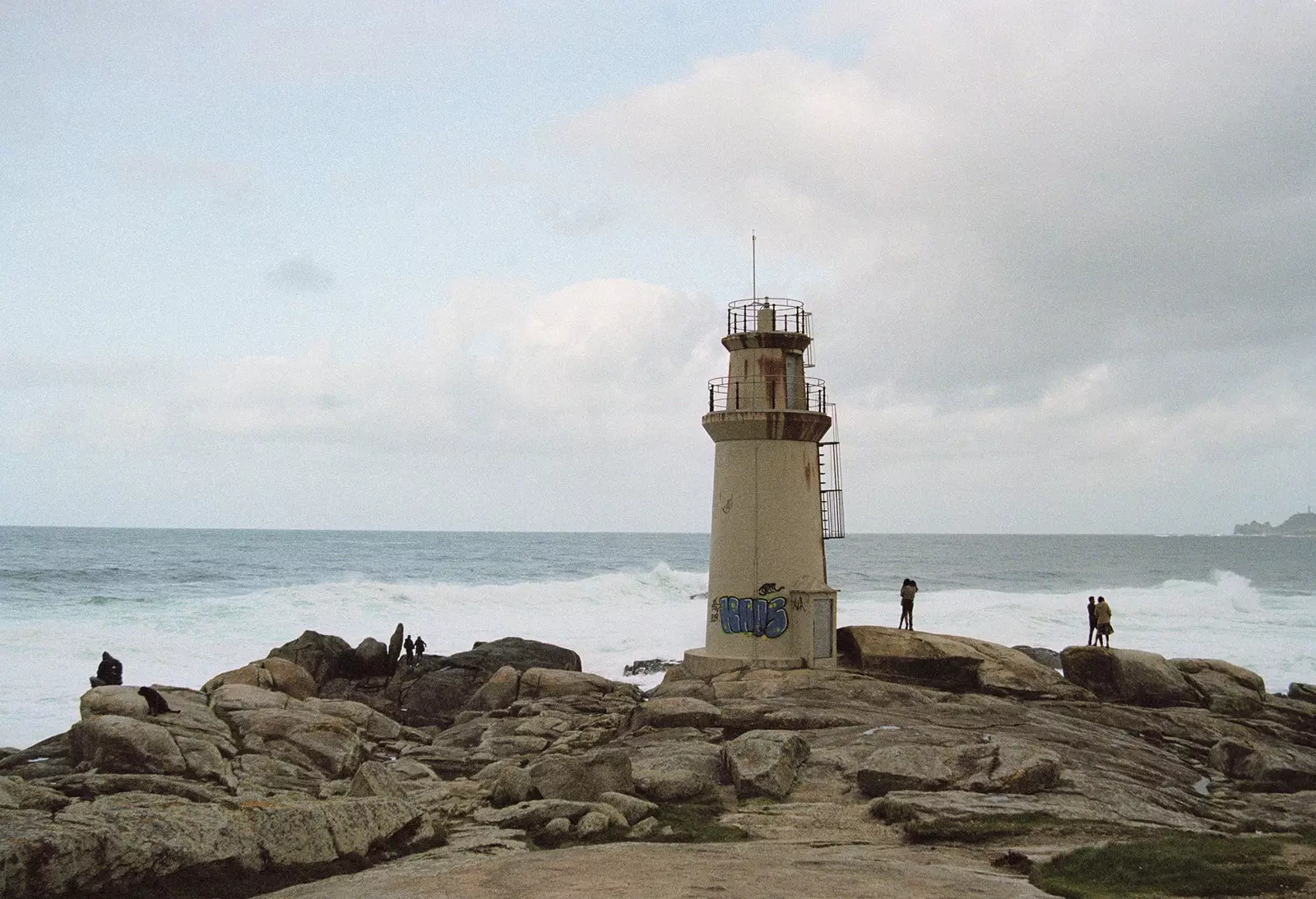
Punta de Barca Lighthouse, in Muxía
Corrubedo deserves a full stop.
As soon as you start to go down the slope of Artes towards Bretal, the light changes. It is more intense, clearer, filtered, in part, as occurs offshore, by the water.
Corrubedo is a point of rock and sand that goes into the waves. So much so that, according to some accounts, until the 1930s, storms caused the dunes to move and cut off the only access road to the town in winter.
In Corrubedo I spent many summers of my childhood. I remember a man, with glasses, curls and an aquiline nose, who looked at you absent-mindedly. And I remember an English couple who at that time came to town with their children, some children whom you identified from afar by that blond, almost white hair.

Dornas in Corrubedo
The man with the glasses and the curls, Gianni, turned out to be Gianni Segre, an Italian writer who was a contributor to the magazine La Codorniz under the pseudonym of Gianni Finlandia and even worked as an extra in Domicilio Conjugal, Truffaut's film.
One of Gianni's novels, 'Juan O Italiano' for those who knew him in the town, was Confirmation, set in Corrubedo. When you passed his house on Rúa Delicias he would look at you, over his glasses, and sometimes he would make a more or less ironic comment to you while he continued writing an article sitting in the shade, next to the door.
The Englishmen who arrived with his children were David Chipperfield, one of the most influential contemporary architects, and his wife. His house, in which they spent a good part of the confinement of recent months, is a small architectural gem that has already become one more tourist attraction on the way to the port, like Antony Gormley's sculpture that he gave to the town and that covers the tide every day.
Chipperfield is a constant presence in the town's summers. I always remember him taking photos, taking notes in a notebook. Years later someone told me that he met him some time ago in Ericeira (Portugal) and that the architect told him that he was looking for a quieter, more remote place to build a house and stay. He ended up reaching the end of the world.
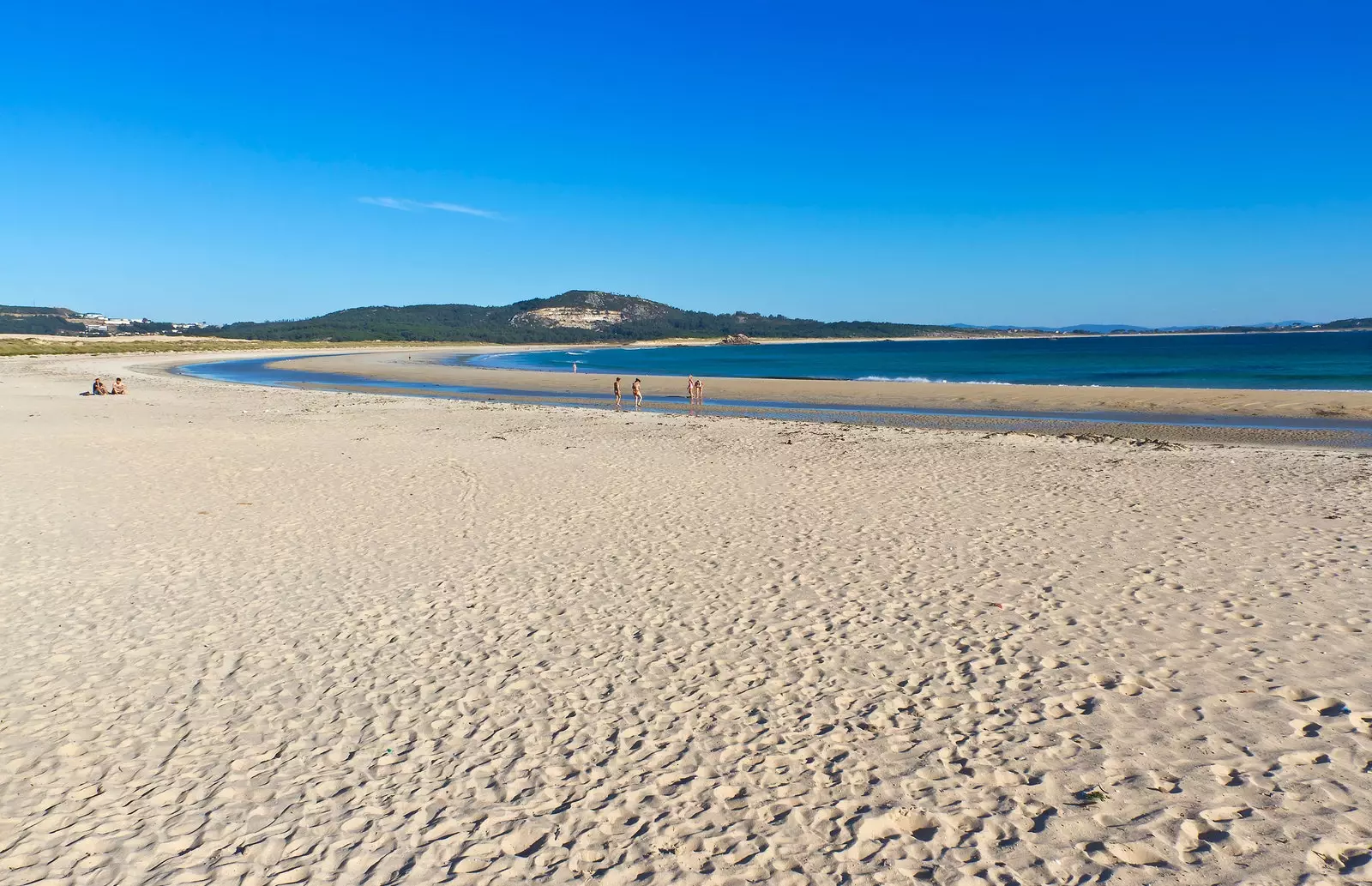
Corrubedo Beach
At that time, Mike was also in town, a very tall Englishman – I always thought he was Irish, although I later read that he claimed to have belonged to the British Royal Guard – whom you saw from time to time working on a construction site to earn some money, but who he was almost always sitting next to the wall of his house overlooking the A Ladeira beach.
And even before all of them came Michael Kuh, American, photographer for publications such as Life, The New York Times or National Geographic and it seems that co-writer of the lysergic delusion that was Hallucination Generation, a film that was ahead of the much more famous Easy Rider.
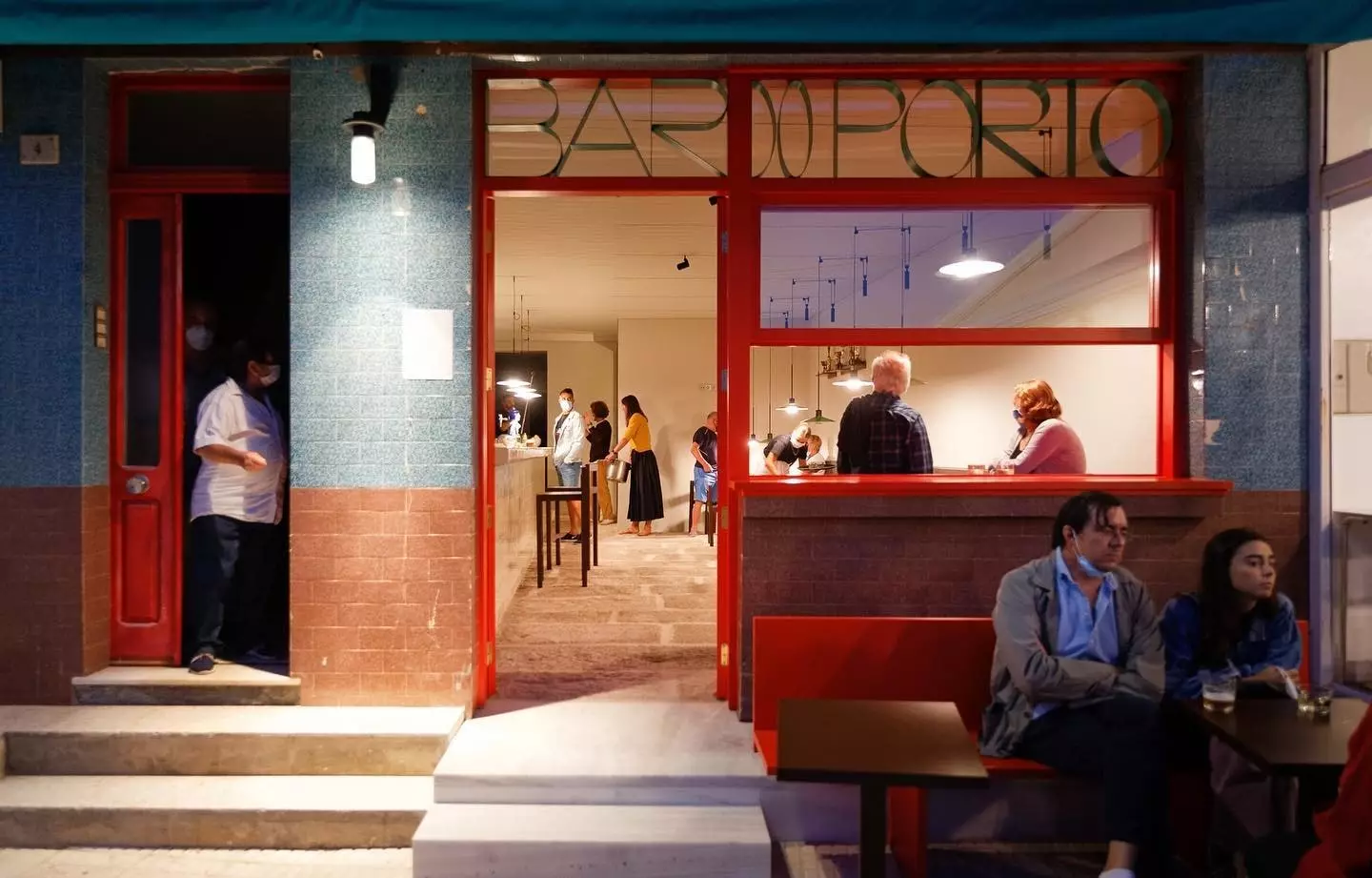
The bar that Chipperfield brought back to life after two decades empty is in Corrubedo
I did not realize it until many years later, sitting at a table, sharing beers in Corcubión with people from here and there: one came from being shipped in Namibia, someone was from South Africa, another was English, I was there with my partner Italian... They had all landed there in one way or another and had ended up in front of that bottle of Estrella Galicia on the seashore without really knowing how.
It took me years to realize But today, finally, I understand.
It doesn't take more than eating looking out the huge window of the O Fragón restaurant, in Fisterra, or going back into the Bar O Porto, in Corrubedo , and look out over the port in winter.
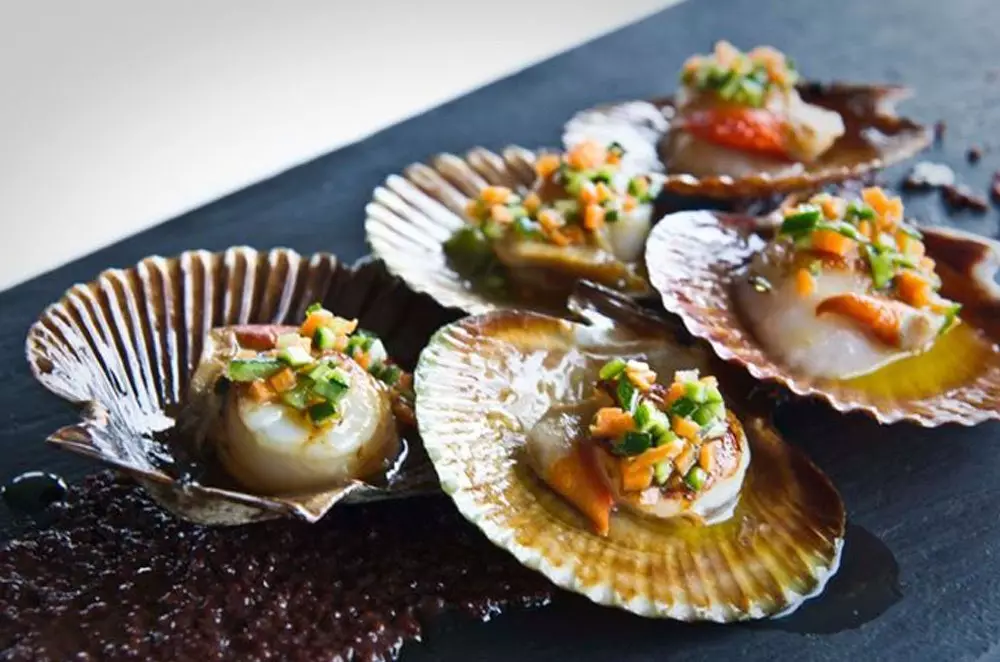
As Garzas, fish and seafood that well deserves its Michelin star
You don't need much more than to walk up the winding road to sit at a table at **a reopened Landua restaurant in the village of O Fieiro. **
All you have to do is have dinner and book one of the four rooms they have in the As Garzas restaurant, to wake up the next day looking at the cliffs of Barizo; take a look at the views from the pool of the new parador de Muxía, ask for a table by the window the Fontevella de Caldebarcos.
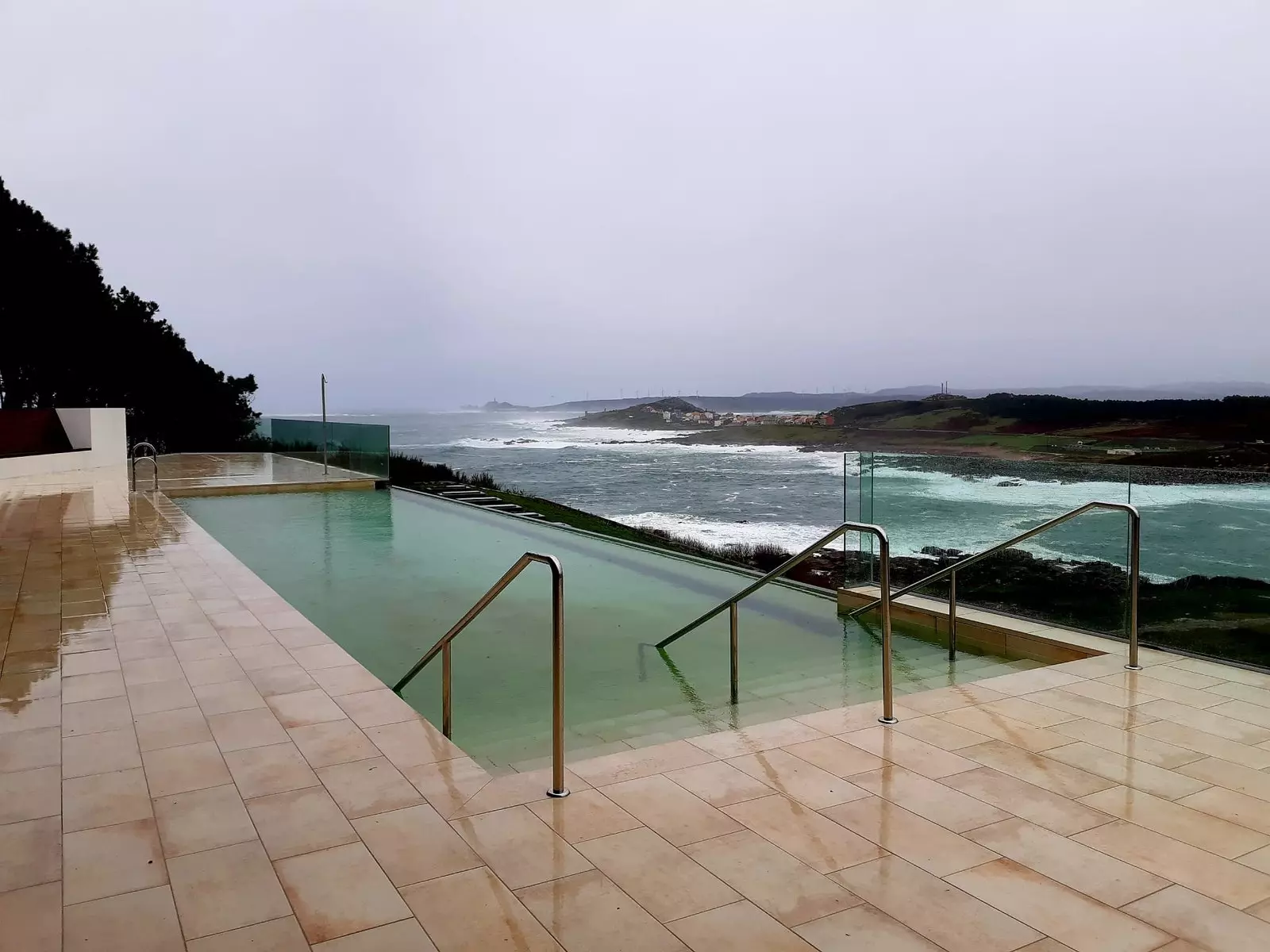
Swimming pool of the new Parador Costa da Morte
You only need to reserve a room in the small Meiga do Mar, in the Morada da Moa or in a rehabilitated fisherman's hut to wake up, in the morning, with the aroma of saltpeter and that Atlantic light that you only find here and to understand why all those people decided one day to follow the setting sun.
Because in places like this you realize that sometimes when you look straight at the end of the world, the end of the world looks back at you. And you can only keep coming back.
